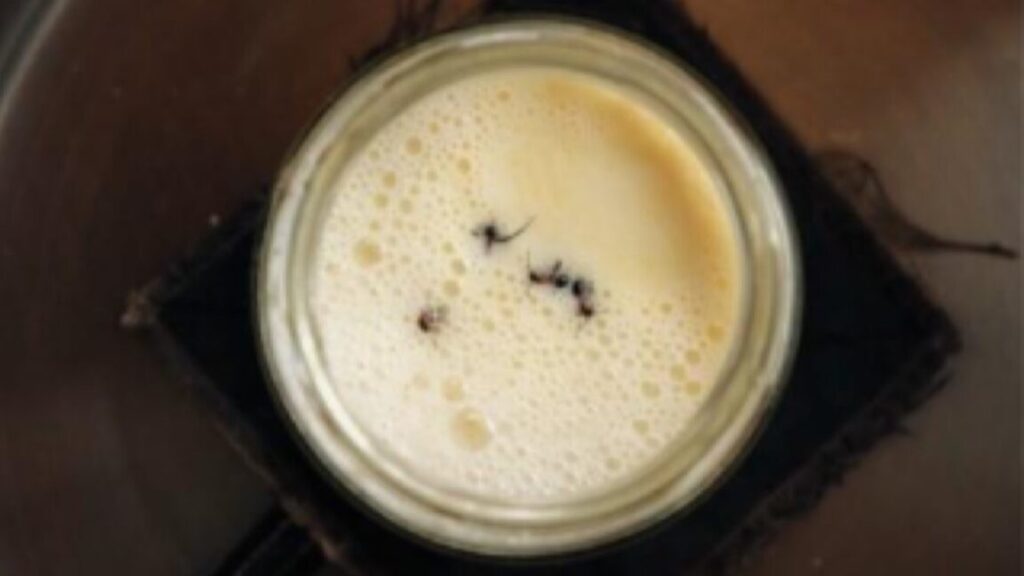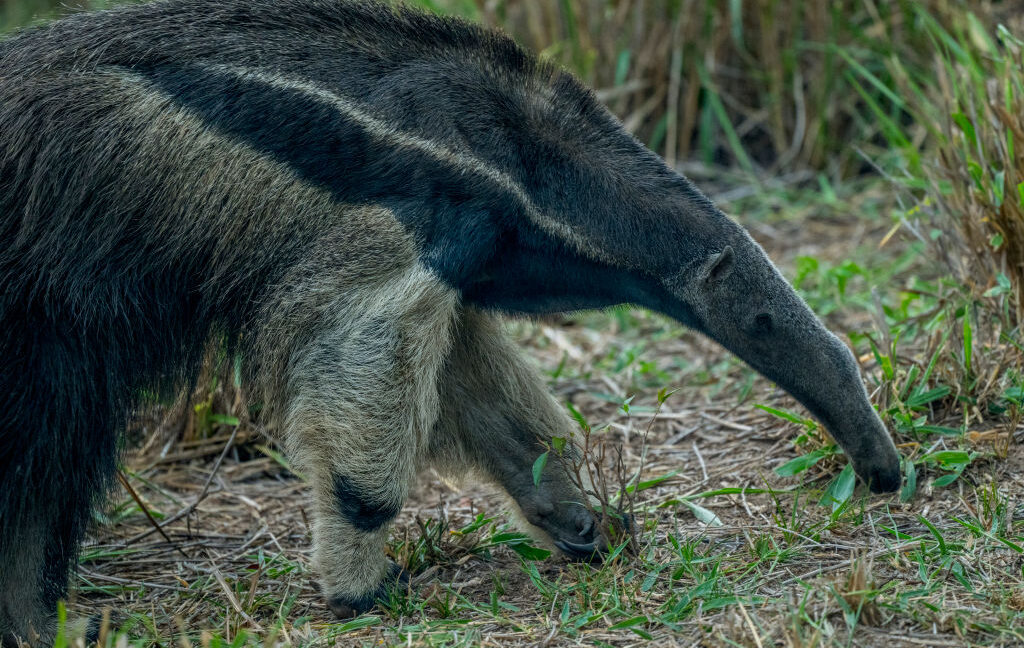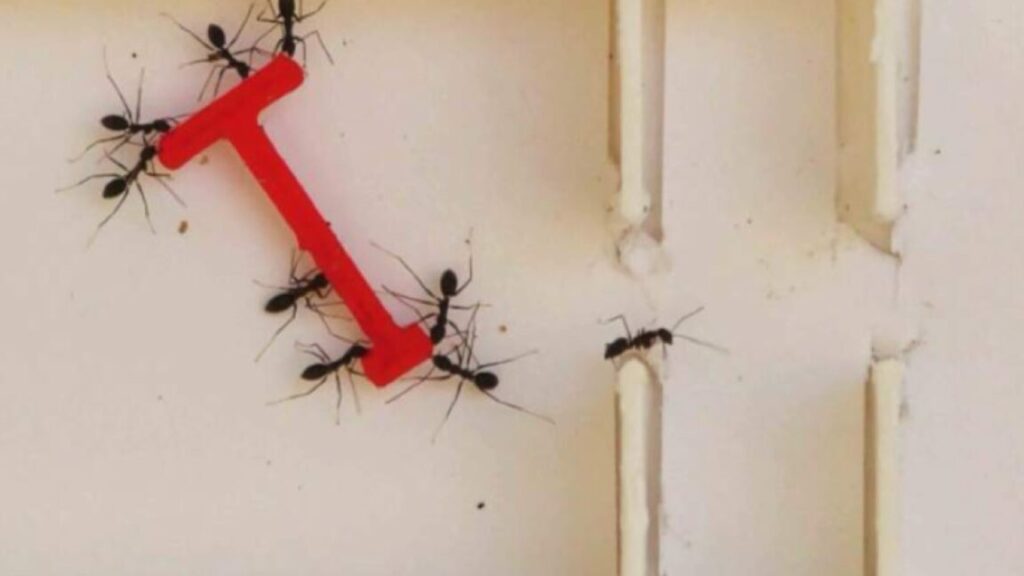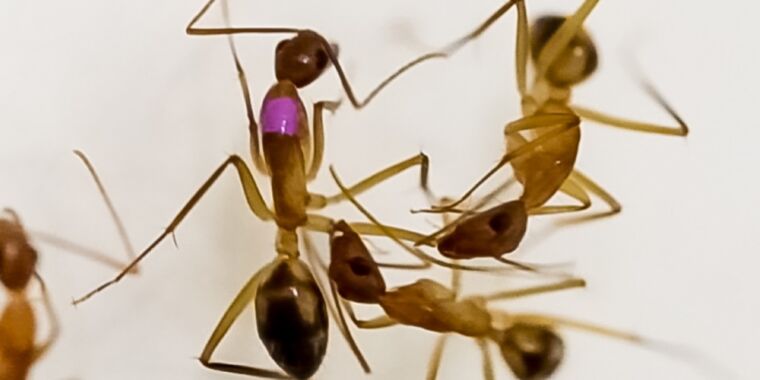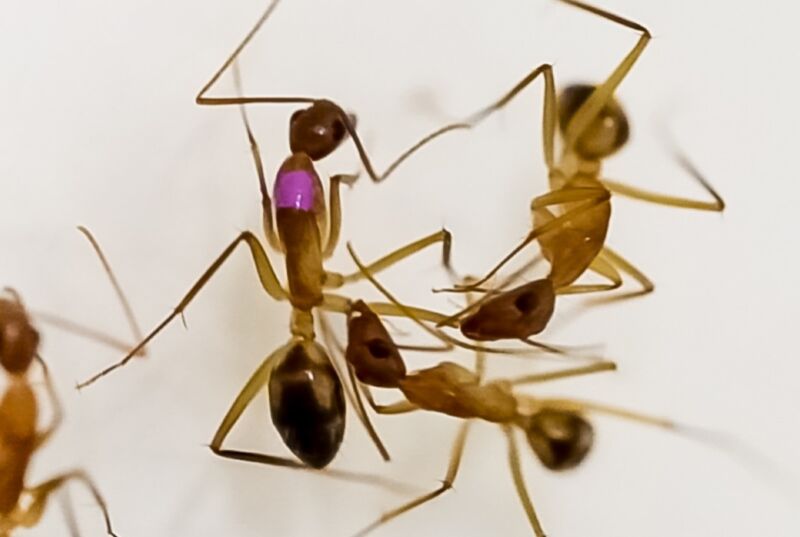Scientists revive old Bulgarian recipe to make yogurt with ants
Fermenting milk to make yogurt, cheeses, or kefir is an ancient practice, and different cultures have their own traditional methods, often preserved in oral histories. The forests of Bulgaria and Turkey have an abundance of red wood ants, for instance, so a time-honored Bulgarian yogurt-making practice involves dropping a few live ants (or crushed-up ant eggs) into the milk to jump-start fermentation. Scientists have now figured out why the ants are so effective in making edible yogurt, according to a paper published in the journal iScience. The authors even collaborated with chefs to create modern recipes using ant yogurt.
“Today’s yogurts are typically made with just two bacterial strains,” said co-author Leonie Jahn from the Technical University of Denmark. “If you look at traditional yogurt, you have much bigger biodiversity, varying based on location, households, and season. That brings more flavors, textures, and personality.”
If you want to study traditional culinary methods, it helps to go where those traditions emerged, since the locals likely still retain memories and oral histories of said culinary methods—in this case, Nova Mahala, Bulgaria, where co-author Sevgi Mutlu Sirakova’s family still lives. To recreate the region’s ant yogurt, the team followed instructions from Sirakova’s uncle. They used fresh raw cow milk, warmed until scalding, “such that it could ‘bite your pinkie finger,'” per the authors. Four live red wood ants were then collected from a local colony and added to the milk.
The authors secured the milk with cheesecloth and wrapped the glass container in fabric for insulation before burying it inside the ant colony, covering the container completely with the mound material. “The nest itself is known to produce heat and thus act as an incubator for yogurt fermentation,” they wrote. They retrieved the container 26 hours later to taste it and check the pH, stirring it to observe the coagulation. The milk had definitely begun to thicken and sour, producing the early stage of yogurt. Tasters described it as “slightly tangy, herbaceous,” with notes of “grass-fed fat.”
Scientists revive old Bulgarian recipe to make yogurt with ants Read More »
